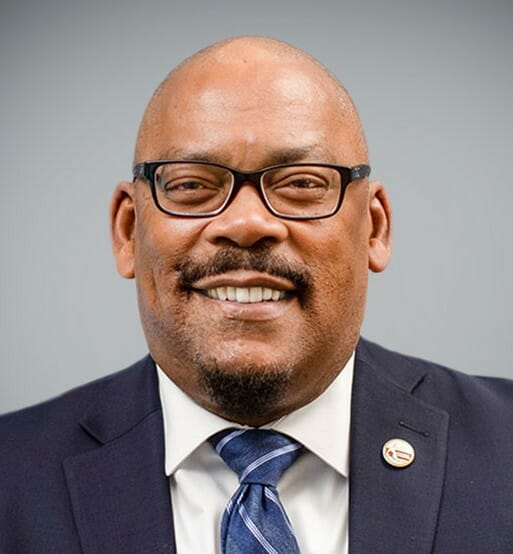

The skilled nursing market is at an inflection point after COVID-19 significantly increased costs while bringing on a sharp drop in revenue. As skilled nursing facilities (SNFs) struggle to provide high-quality, yet cost-effective care with today’s limited resources, the question on everyone’s mind is: How exactly can SNFs stay competitive and surmount the challenges facing their industry?
Data is a key piece of the puzzle, prepared to transform the market in areas from measuring clinical performance to maximizing reimbursement. Harnessed through technology, data and analytics can be used to help providers make more informed healthcare decisions and maximize financial gains. Additionally, COVID-19 has encouraged an increase in electronic sharing of both clinical and operational information and prompted rapid innovation across data collection and analysis.
These circumstances make today a golden age of data analytics, but many SNFs may be overwhelmed with what a large and time-consuming effort data analysis can be. Can data and analytics help solve some of the challenges facing post-acute care today? If so, how can SNFs ensure they’re able to take advantage of all that data has to offer?
The challenges facing post-acute care
Due to the surge in demand for out-of-hospital care coupled with the nationwide caregiver shortage, the skilled nursing industry is facing a number of major challenges related to staff management and retention, cost of care, inefficient processes, documentation and more. Challenges in any of these areas can seriously impact both SNF providers and their residents, sometimes to the point of closure. In the last four years alone, over 550 nursing homes have closed.
This is where data and analytics come in. New technologies can help SNFs record and track data across clinical, operational and financial aspects of their organization to better understand trends and how to best overcome their hurdles, while also automating reporting to save valuable time and resources. For example, data analytics can assist facilities in understanding how referrals and patients are driven to their organizations and how that has changed over time or even help SNFs develop a plan for handling staffing and financial challenges.
The benefits of these capabilities and insights are incomparable, as evidenced by Indiana-based American Senior Care Communities. “With analytics, we were able to automate census and other reporting. For daily reports, I estimated that it saves $100,000 in opportunity costs for each report we automate. And it frees up our staff’s time to do the things that they’re supposed to be doing, rather than manually compiling reports,” said Mike Easley, Chief Information Officer of American Senior Communities.
Not only can analytics comprehend and turn around actionable insights on an SNF’s data much faster than manual entry, but it can do so more accurately and efficiently. With this kind of analysis, providers can appeal to referral sources, stand out from the competition, and provide better and more informed care for their residents while maximizing staffing and financial resources – a win-win in today’s environment.
Data analytics as the solution
The term “data analytics” is incredibly broad, especially in healthcare. There are different types of analytic processes that can help uncover key insights for skilled nursing facilities to become more efficient and provide overall better care for their residents. These include:
● Descriptive analytics looks to answer, “what happened?” or “what is happening?” By using historical data, SNF can better understand business changes and therefore be quicker to address them.
● Diagnostic analytics answers the question, “why did it happen?” This type of analysis can use techniques such as drill-down, data discovery, data mining and correlations to find answers to specific questions.
● Predictive analytics answers the question, “what will happen?” By using a variety of techniques, predictive analytics helps make future predictions or projections.
● Prescriptive analytics answers the question, “how can we make it happen?” This allows skilled nursing facilities to make better business decisions on any time horizon to achieve the outcome they desire.
The combination of descriptive, diagnostic, and predictive analytics can assist providers in making more informed decisions based on real-time feedback. Almost any combination of these analyses can be fed into a data analytics system, which will turn back key metrics and insights in a visual, summarized form. A comprehensive dashboard allows users to easily use, understand and communicate the data across their organization.
The skilled nursing landscape is rapidly changing and data is the key to keep up with the competition while continuing to recoup business post-COVID. The benefit of data access and analytics can span an entire organization, paving the way to becoming a more data-driven, efficient and innovative facility.
Kevin Whitehurst is responsible for the success of MatrixCare’s skilled nursing solutions group and oversees product management, professional services, sales and marketing, and client support. He has been a key player in LTPAC technology since 1990 and has held many leadership positions, including IT director for one of the first developers of MDS software systems to, most recently, SVP of client services for MatrixCare. Kevin holds degrees from San Bernardino Valley College and the Los Angeles School of Business and served in the U.S. Air Force.
The opinions expressed in McKnight’s Long-Term Care News guest submissions are the author’s and are not necessarily those of McKnight’s Long-Term Care News or its editors.





